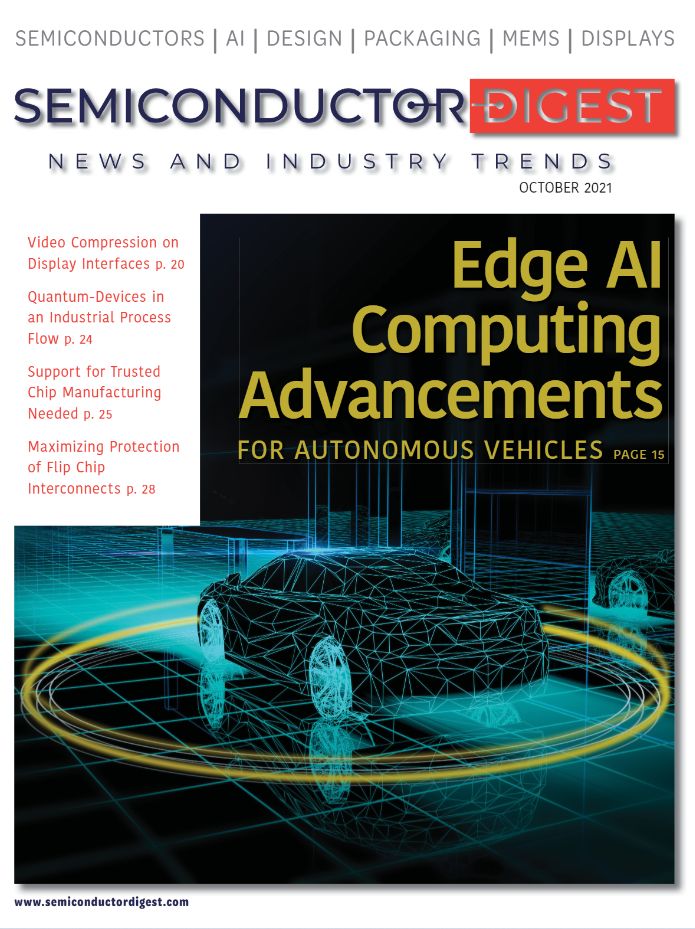MANOUCHEHR RAFIE, Ph.D., Vice President of Advanced Technologies at Gyrfalcon Technology Inc. (GTI)
Large numbers of sensors, massive amounts of data, ever-increasing computing power, real-time operation and security concerns required for autonomous vehicles are driving the core of computation from the cloud to the edge of the network. Autonomous vehicles are constantly sensing and sending data on road conditions, location and the surrounding vehicles. Self-driving cars generate roughly 1 GB of data per second – it is impractical to send even a fraction of the terabytes of data for analysis to a centralized server because of the processing bandwidth and latency.

Due to the high volume of data transfer, latency issues and security, the current cloud computing service architecture hinders the vision of providing real-time artificial intelligence processing for driverless cars. Thus, deep learning, as the main representative of artificial intelligence, can be integrated into edge computing frameworks. Edge AI computing addresses latency-sensitive monitoring such as object tracking and detection, location-awareness, as well as privacy protection challenges faced in the cloud computing paradigm.
The real value of edge AI computing can only be realized if the collected data can be processed locally and decisions and predictions can be made in real-time with no reliance on remote resources. This can only happen if the edge computing platforms can host pre-trained deep learning models and have the computational resources to perform real-time inferencing locally. Latency and locality are key factors at the edge since data transport latencies and upstream service interruptions are intolerable and raise safety concerns (ISO26262) for driverless cars. As an example, the camera sensors on a vehicle should be able to detect and recognize its surrounding environment without relying on computational resources in the cloud within 3ms and with high reliability (99.9999%). For a vehicle with 120 km/h speed, 1ms round-trip latency corresponds to 3 cm between a vehicle and a static object or 6 cm between two moving vehicles.
Currently, most existing onboard AI computing tasks for autonomous vehicle applications including object detection, segmentation, road surface tracking, sign and signal recognition are mainly relying on general-purpose hardware – CPUs, GPUs, FPGAs or generic processors. However, power consumption, speed, accuracy, memory footprint, die size and BOM cost should all be taken into consideration for autonomous driving and embedded applications. High power consumption of GPUs magnified by the cooling load to meet the thermal constraints, can significantly degrade the driving range and fuel efficiency of the vehicle. Fancy packaging, fan-cooling, and general-purpose implementations have to go. Therefore, there is a need for cheaper, more power-efficient, and optimized AI accelerator chips such as domain-specific AI-based inference ASIC as a practical solution for accelerating deep learning inferences at the edge.
Advantages of edge computing for AI automotive
Significant efforts have been recently spent on improving vehicle safety and efficiency. Advances in vehicular communication and 5G vehicle to everything (V2X) can now provide reliable communication links between vehicles and infrastructure networks (V2I). Edge computing is most suitable for bandwidth-intensive and latency-sensitive applications such as driverless cars where immediate action and reaction are required for safety reasons.
Read the full story in the October issue of Semiconductor Digest.